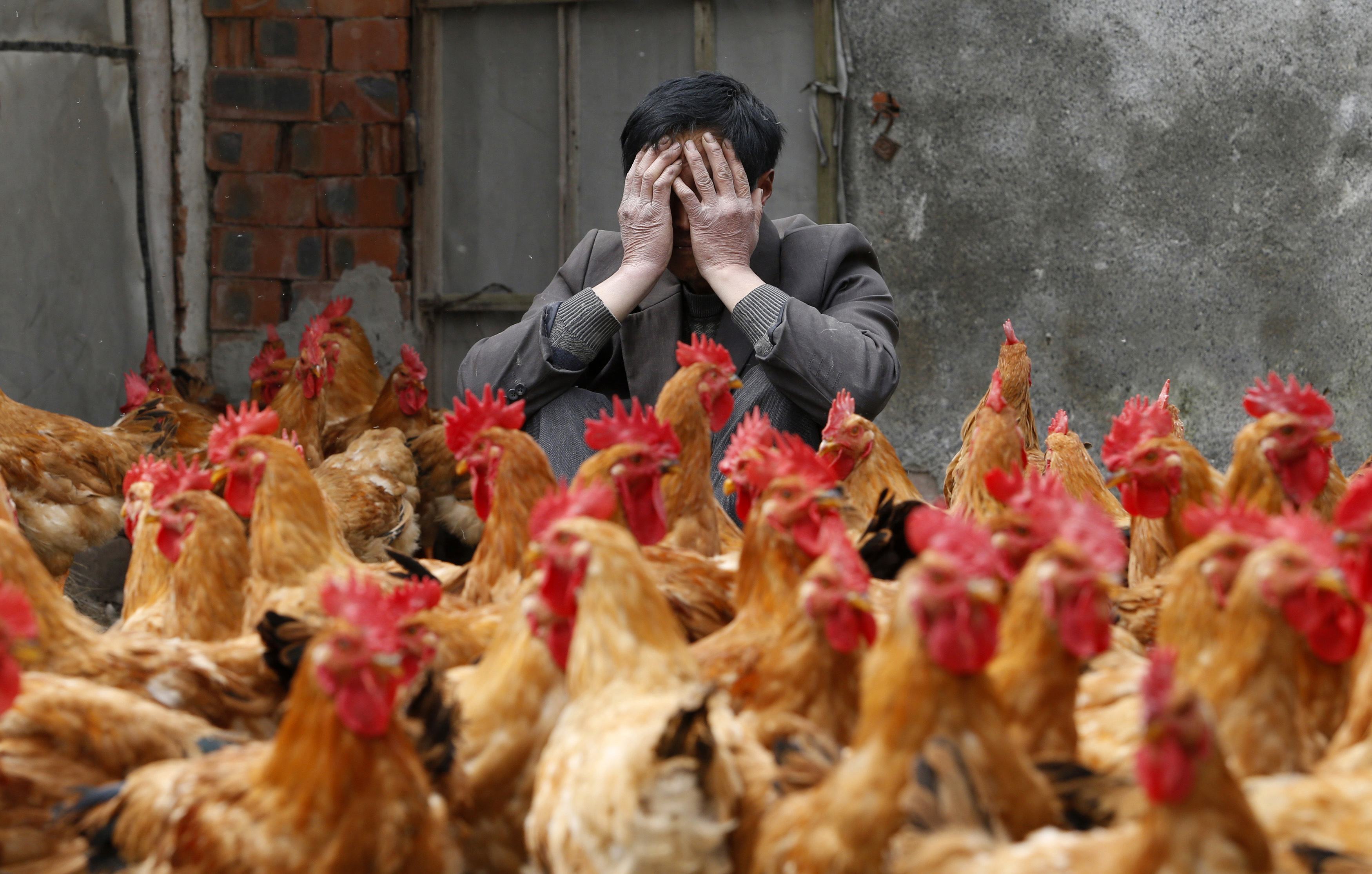LONDON – Fresh human cases in eastern China of a deadly new strain of bird flu signal the potential for "a new epidemic wave" of the disease in coming winter months, scientists said on Thursday.
The strain, known as H7N9, emerged for the first time in humans earlier this year and killed around 45 of the some 135 people it infected before appearing to peter out in China during the summer.
But a new case in October in a 35-year-old man from China's eastern Zhejiang province shows that the virus "has re-emerged in winter 2013" and "indicates a possible risk of a larger outbreak of H7N9 this winter," according to Chinese researchers writing in the online journal Euro surveillance.
Flu experts around the world have been warning that despite the marked drop off in cases during the summer months, the threat posed by H7N9 bird flu has not passed.
Ab Osterhaus, a leading virologist based at the Erasmus Medical Centre in the Netherlands who has been tracking the virus, told Reuters earlier this month: "We're bracing for what's going to happen next."
The first scientific analysis of probable transmission of the new flu from person to person, published in the British Medical Journal in August, gave the strongest proof yet that it can jump between people and so could potentially cause a human pandemic.
And another study published in August identified several other H7 flu viruses circulating in birds that "may pose threats beyond the current outbreak".
In a detailed analysis of the 35-year-old man's case, scientists from the Zhejiang Provincial Centre for Disease Control and Prevention said it differed from previous ones in that it was a severe case in a younger patient "with no obvious underlying diseases and no obvious recent direct contact with live poultry".
Most laboratory-confirmed cases in the past had been people over the age of 60, many of whom said they'd had recent exposure to poultry, generally at live bird markets.
The case of the 35-year-old man, plus another H7N9 infection confirmed just a day ago, suggest the virus "has apparently continued to circulate in an animal reservoir during the summer", the researchers said.
The second October case is a 67-year-old man with no underlying disease whose work included transporting and selling poultry.
The researchers said that based on China's experience in the spring, when there were 30 cases in March and 88 in April, the best approach now would be to maintain enhanced and expanded surveillance in human and animal populations to make sure any new cases of H7N9 are picked up and diagnosed swiftly.
"In particular, enhanced surveillance in poultry would be helpful if it can identify the H7N9 virus and inform early control measures before human infections occur," the Chinese scientists said.
"Hygiene campaigns and closure of live poultry markets can reduce the risk of severe cases and deaths."
























































